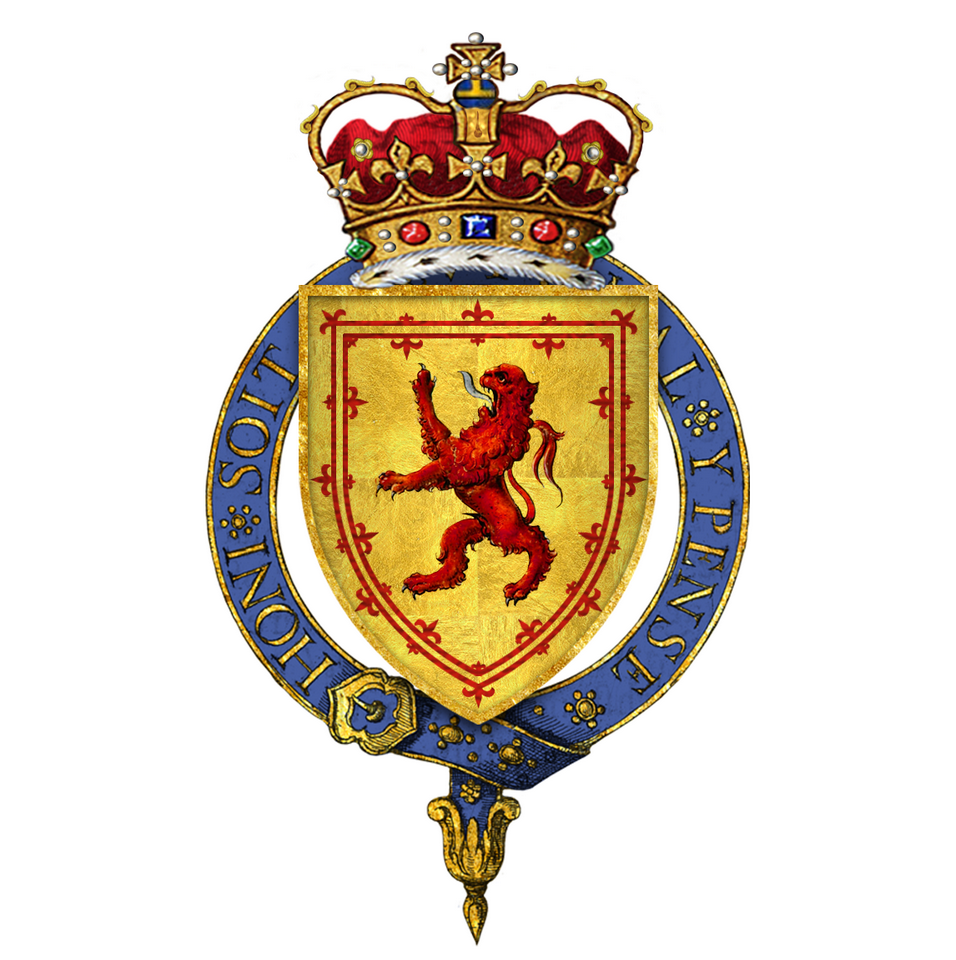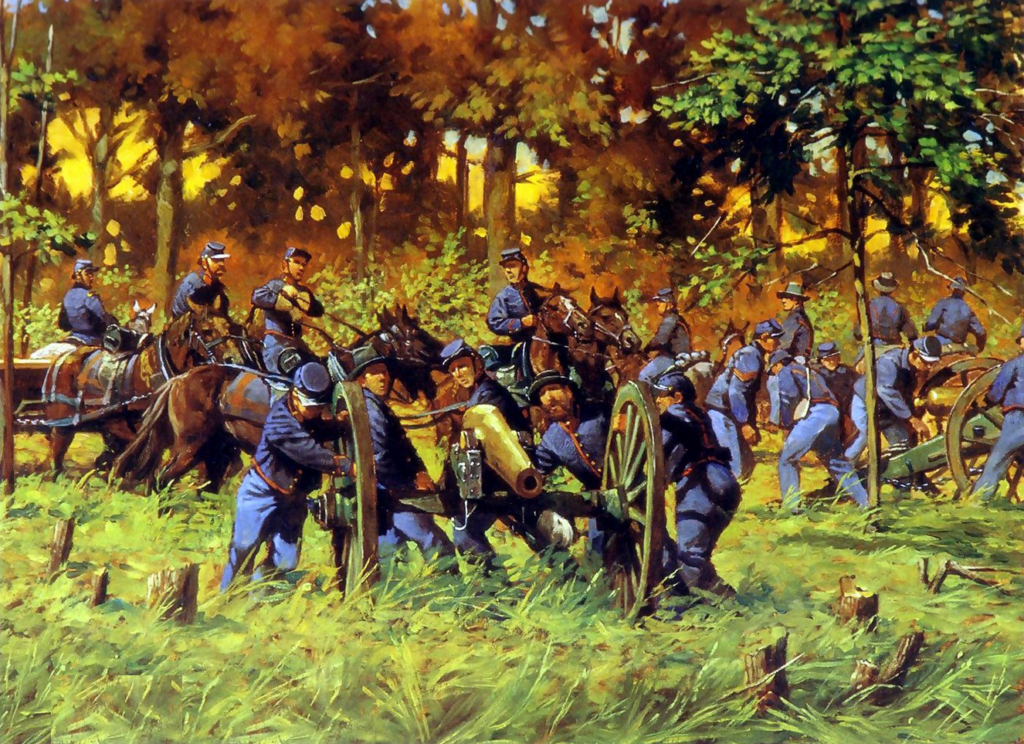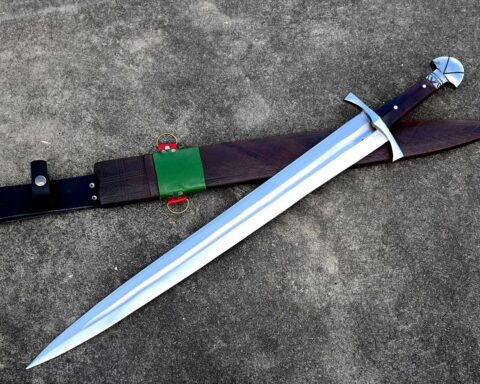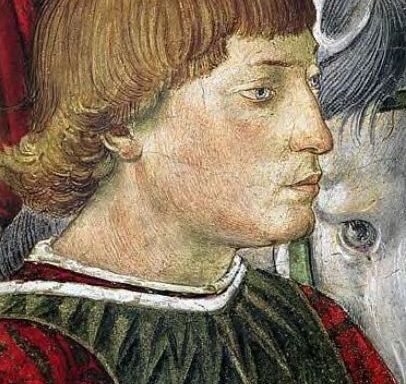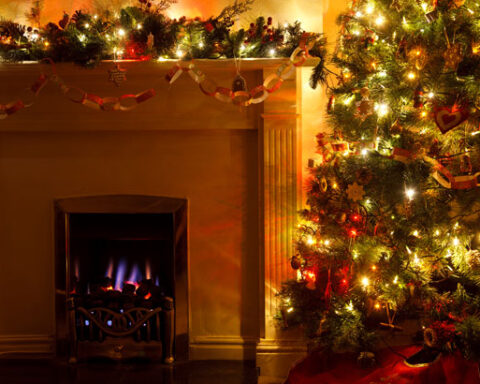Editor’s note: The following is extracted from The Defendant, by G.K. Chesterton (published 1901).
The modern view of heraldry is pretty accurately represented by the words of the famous barrister who, after cross-examining for some time a venerable dignitary of Heralds’ College, summed up his results in the remark that ‘the silly old man didn’t even understand his own silly old trade.’
Heraldry properly so called was, of course, a wholly limited and aristocratic thing, but the remark needs a kind of qualification not commonly realized. In a sense there was a plebeian heraldry, since every shop was, like every castle, distinguished not by a name, but a sign. The whole system dates from a time when picture-writing still really ruled the world. In those days few could read or write; they signed their names with a pictorial symbol, a cross—and a cross is a great improvement on most men’s names.
Now, there is something to be said for the peculiar influence of pictorial symbols on men’s minds. All letters, we learn, were originally pictorial and heraldic: thus the letter A is the portrait of an ox, but the portrait is now reproduced in so impressionist a manner that but little of the rural atmosphere can be absorbed by contemplating it. But as long as some pictorial and poetic quality remains in the symbol, the constant use of it must do something for the aesthetic education of those employing it. Public-houses are now almost the only shops that use the ancient signs, and the mysterious attraction which they exercise may be (by the optimistic) explained in this manner. There are taverns with names so dreamlike and exquisite that even Sir Wilfrid Lawson might waver on the threshold for a moment, suffering the poet to struggle with the moralist. So it was with the heraldic images. It is impossible to believe that the red lion of Scotland acted upon those employing it merely as a naked convenience like a number or a letter; it is impossible to believe that the Kings of Scotland would have cheerfully accepted the substitute of a pig or a frog. There are, as we say, certain real advantages in pictorial symbols, and one of them is that everything that is pictorial suggests, without naming or defining. There is a road from the eye to the heart that does not go through the intellect. Men do not quarrel about the meaning of sunsets; they never dispute that the hawthorn says the best and wittiest thing about the spring.
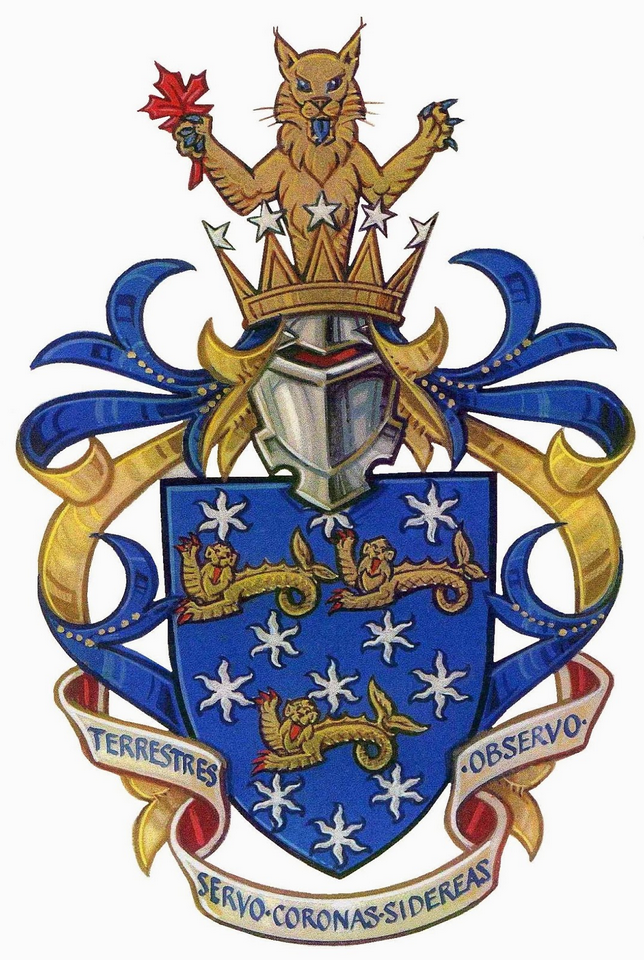
Thus in the old aristocratic days there existed this vast pictorial symbolism of all the colours and degrees of aristocracy. When the great trumpet of equality was blown, almost immediately afterwards was made one of the greatest blunders in the history of mankind. For all this pride and vivacity, all these towering symbols and flamboyant colours, should have been extended to mankind. The tobacconist should have had a crest, and the cheesemonger a war-cry. The grocer who sold margarine as butter should have felt that there was a stain on the escutcheon of the Higginses. Instead of doing this, the democrats made the appalling mistake—a mistake at the root of the whole modern malady—of decreasing the human magnificence of the past instead of increasing it. They did not say, as they should have done, to the common citizen, ‘You are as good as the Duke of Norfolk,’ but used that meaner democratic formula, ‘The Duke of Norfolk is no better than you are.’
For it cannot be denied that the world lost something finally and most unfortunately about the beginning of the nineteenth century. In former times the mass of the people was conceived as mean and commonplace, but only as comparatively mean and commonplace; they were dwarfed and eclipsed by certain high stations and splendid callings. But with the Victorian era came a principle which conceived men not as comparatively, but as positively, mean and commonplace. A man of any station was represented as being by nature a dingy and trivial person—a person born, as it were, in a black hat. It began to be thought that it was ridiculous for a man to wear beautiful garments, instead of it being—as, of course, it is—ridiculous for him to deliberately wear ugly ones. It was considered affected for a man to speak bold and heroic words, whereas, of course, it is emotional speech which is natural, and ordinary civil speech which is affected. The whole relations of beauty and ugliness, of dignity and ignominy were turned upside down. Beauty became an extravagance, as if top-hats and umbrellas were not the real extravagance—a landscape from the land of the goblins. Dignity became a form of foolery and shamelessness, as if the very essence of a fool were not a lack of dignity. And the consequence is that it is practically most difficult to propose any decoration or public dignity for modern men without making them laugh. They laugh at the idea of carrying crests and coats-of-arms instead of laughing at their own boots and neckties. We are forbidden to say that tradesmen should have a poetry of their own, although there is nothing so poetical as trade. A grocer should have a coat-of-arms worthy of his strange merchandise gathered from distant and fantastic lands; a postman should have a coat-of-arms capable of expressing the strange honour and responsibility of the man who carries men’s souls in a bag; the chemist should have a coat-of-arms symbolizing something of the mysteries of the house of healing, the cavern of a merciful witchcraft.
There were in the French Revolution a class of people at whom everybody laughed, and at whom it was probably difficult, as a practical matter, to refrain from laughing. They attempted to erect, by means of huge wooden statues and brand-new festivals, the most extraordinary new religions. They adored the Goddess of Reason, who would appear, even when the fullest allowance has been made for their many virtues, to be the deity who had least smiled upon them. But these capering maniacs, disowned alike by the old world and the new, were men who had seen a great truth unknown alike to the new world and the old. They had seen the thing that was hidden from the wise and understanding, from the whole modern democratic civilization down to the present time. They realized that democracy must have a heraldry, that it must have a proud and high-coloured pageantry, if it is to keep always before its own mind its own sublime mission. Unfortunately for this ideal, the world has in this matter followed English democracy rather than French; and those who look back to the nineteenth century will assuredly look back to it as we look back to the reign of the Puritans, as the time of black coats and black tempers. From the strange life the men of that time led, they might be assisting at the funeral of liberty instead of at its christening. The moment we really believe in democracy, it will begin to blossom, as aristocracy blossomed, into symbolic colours and shapes. We shall never make anything of democracy until we make fools of ourselves. For if a man really cannot make a fool of himself, we may be quite certain that the effort is superfluous.

